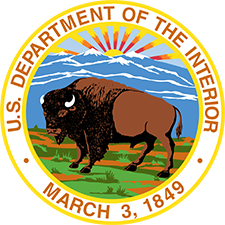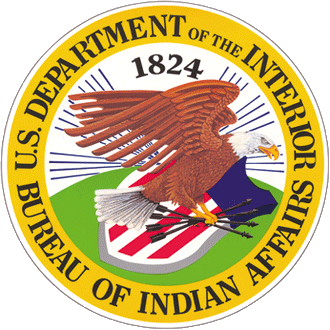As the oldest bureau in the Department of the Interior, Bureau of Indian Affairs employees have experienced a long and complicated history when it comes to our federal relationship with Tribes. It involves 150 years of enforcing federal policies designed to terminate, relocate, and assimilate American Indians and tribal Nations. Collectively, these policies represented attacks on tribal sovereignty and did lasting damage to tribal communities, tribal economies, and the institutions of tribal governance. Only in the last 50 years have employees, who are tribal members themselves, been able to lift up policies designed to support tribal governance and self-determination. Today, the Bureau of Indian Affairs is proud to live out our mission to enhance the quality of life, promote economic opportunities, and to carry out the responsibilities entrusted to us to protect and improve the trust assets of American Indians and Alaska Natives.


